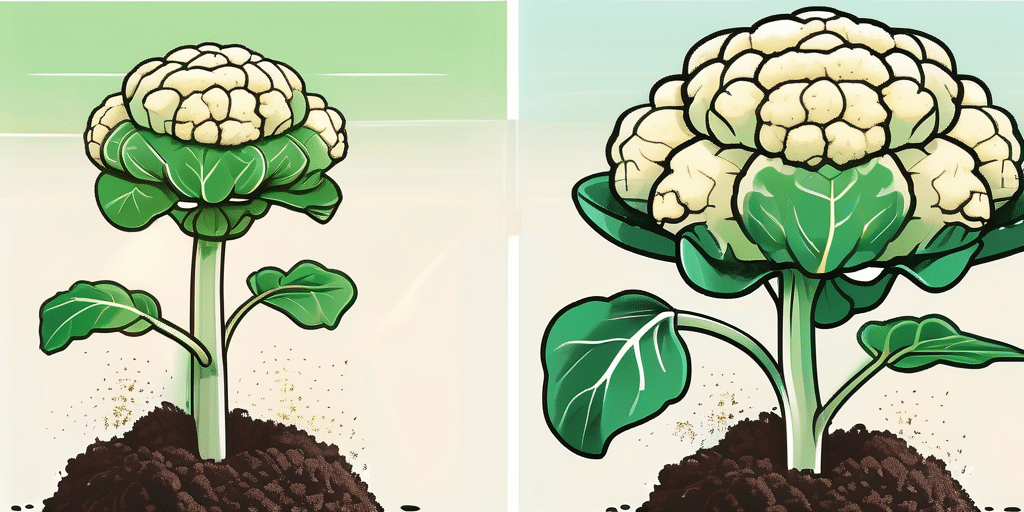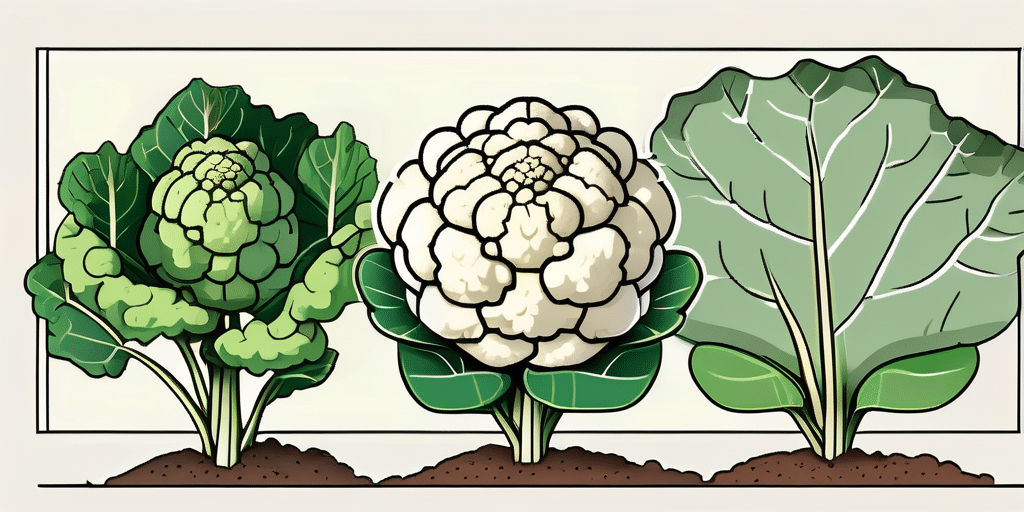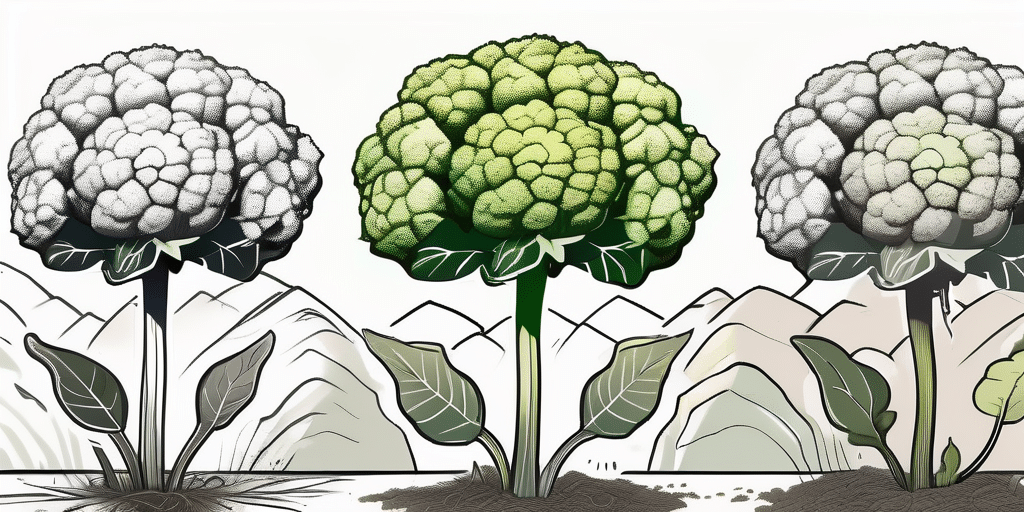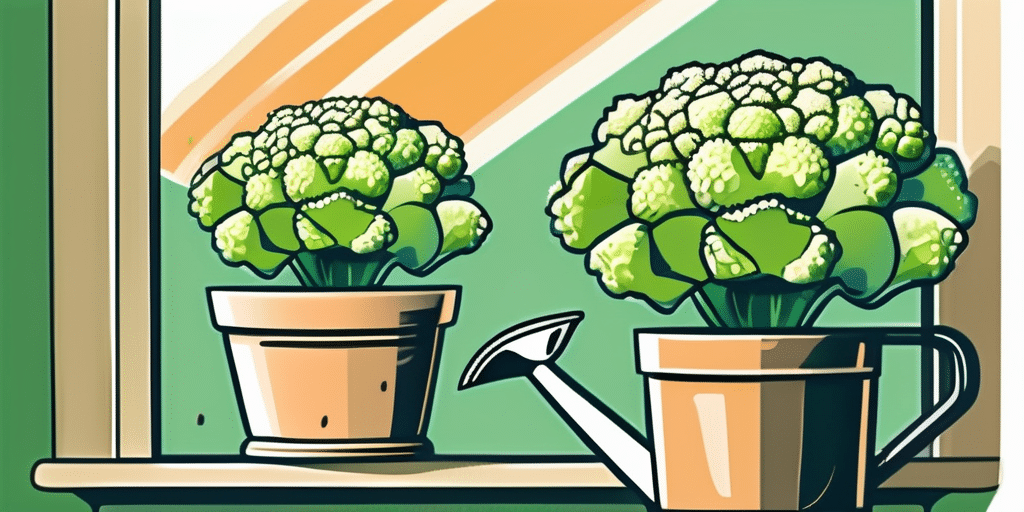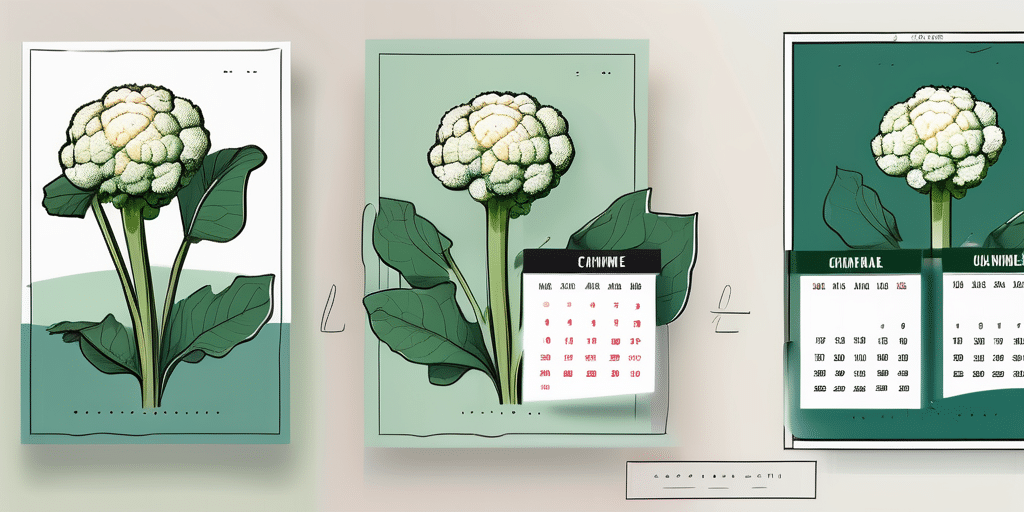Cauliflower is a popular and nutritious vegetable that can thrive in the warm climate of Florida. If you’re a gardening enthusiast or just looking to grow your own fresh produce, cauliflower is a great choice. In this article, we’ll guide you through the process of planting and growing cauliflower in Florida, from choosing the best varieties to understanding the climate and hardiness zones. So let’s get started!
Best Cauliflower Varieties for Florida
Choosing the right cauliflower variety is crucial for successful growth in Florida’s unique climate. Here are some of the best varieties that have proven to perform well:
- White Corona: This variety is known for its excellent heat tolerance and resistance to diseases.
- Cheddar: With its vibrant orange color, this variety is not only visually appealing but also adapted to Florida’s hot weather.
- Purple of Sicily: This variety boasts stunning violet heads and is a favorite among gardeners for its ability to withstand high temperatures.
These varieties have been carefully selected for their resilience to the heat and humidity that Florida often experiences. Don’t hesitate to try them out in your garden!
When it comes to cultivating cauliflower in Florida, it’s essential to consider the state’s subtropical climate. The warm temperatures and high humidity levels can pose challenges to growing certain varieties, making the selection of heat-tolerant strains a critical factor in successful cauliflower production.
In addition to their adaptability to Florida’s climate, these cauliflower varieties also offer a range of flavors and textures to suit different culinary preferences. White Corona, for example, is prized for its mild and slightly sweet taste, making it a versatile option for various dishes. On the other hand, Cheddar cauliflower not only adds a pop of color to your garden but also brings a nutty flavor to the table, perfect for roasting or grilling. Purple of Sicily, with its vibrant hue and slightly peppery taste, can be a unique addition to salads or stir-fries, adding both visual appeal and flavor complexity to your meals.
Climate & Hardiness Zones in Florida
Florida’s climate is as diverse as its landscapes, ranging from the tropical climate in the south to a more subtropical and even temperate climate in the northern regions. Understanding your specific hardiness zone is crucial for successful cultivation in the Sunshine State. Florida is primarily divided into USDA hardiness zones 8a to 11a, each offering unique challenges and opportunities for gardeners and farmers alike.
Zone 8a, located in the northern parts of Florida, can experience occasional temperature drops to 10-15°F (-12 to -9°C) during the winter months. This makes it challenging to grow cold-sensitive plants like cauliflower without proper protection. Gardeners in this zone often employ row covers and other frost protection methods to safeguard their crops.
- In zone 8a, temperatures can occasionally drop to 10-15°F (-12 to -9°C), making it challenging to grow cauliflower without proper protection during the coldest months.
- Zones 9a and 9b experience average minimum temperatures between 20-25°F (-7 to -4°C), providing a more favorable environment for cauliflower cultivation. Gardeners in these zones can enjoy a longer growing season compared to their northern counterparts.
- Zones 10a and 10b have minimum temperatures between 30 and 35°F (-1 to 2°C), allowing for year-round cauliflower production in many parts of Florida. The milder winters in these zones create an ideal environment for continuous harvests.
- In zone 11a, encompassing the southernmost parts of Florida, the minimum temperature rarely drops below 40°F (4°C). This balmy climate provides a long growing season for cauliflower and other heat-loving crops, allowing for multiple plantings throughout the year.
Knowing your hardiness zone is just the first step in successful gardening in Florida. Understanding microclimates, soil composition, and water availability are also crucial factors to consider when planning your planting and harvesting schedules. By tailoring your gardening practices to your specific zone and local conditions, you can ensure optimal growth and a bountiful harvest year after year.
When to Plant Cauliflower in Florida
For successful cauliflower cultivation, timing is crucial. Since cauliflower prefers cooler temperatures, it’s vital to plant it at the right time to avoid extreme heat and frost. Here are some guidelines to help you determine the best planting window:
- Fall planting: In Florida, cauliflower is usually planted from late summer (August to September) until early fall (October). This allows the plants to benefit from milder temperatures as they grow.
- Spring planting: If you missed the fall planting window, you can still plant cauliflower in spring (February to March) when temperatures start to cool down.
Remember to check the specific recommendations for your hardiness zone, as some zones might have slightly different planting timeframes. This information can usually be found on seed packets or obtained from local gardening resources.
When to Harvest or Pick Cauliflower in Florida
Patience is key when it comes to harvesting cauliflower. It’s essential to let thebulb-shaped heads reach their prime before picking them. Here’s what you need to know about timing your harvest:
- Observation: Watch your cauliflower closely and monitor its progress. The heads should reach a compact size and have a solid, firm texture.
- Scheduling: Depending on the variety and planting time, cauliflower can take anywhere from 60 to 80 days to mature. Keep track of your planting dates to estimate the approximate harvest time.
When you notice that the heads have reached their full size and are tightly closed, it’s time to harvest them. Make sure to use a sharp knife or pruning shears to cut the heads from the plant, leaving a small stem attached.
Frequently Asked Questions
Q: Can I grow cauliflower in containers?
A: Yes, cauliflower can be grown in containers as long as the container is large enough to provide adequate space for root development. Ensure that the container has good drainage and use a well-draining potting mix.
Q: How much sunlight does cauliflower need in Florida?
A: Cauliflower thrives in full sun, which means it requires at least 6 hours of direct sunlight per day. However, in Florida’s intense heat, providing some afternoon shade can help protect the plant from scorching.
Q: Are there any common pests or diseases I should watch out for?
A: Cauliflower can be susceptible to pests like aphids, cabbage loopers, and cutworms. To prevent infestations, regularly inspect your plants and take appropriate measures, such as using organic pest control methods or companion planting with pest-repellent herbs like mint or rosemary. As for diseases, keep an eye out for common issues like powdery mildew and downy mildew. Consult your local agricultural extension office or gardening resources for specific management strategies.
Q: How do I store harvested cauliflower?
A: After harvesting your cauliflower, remove any excess moisture by gently patting the heads dry with a towel. Store them in the refrigerator’s crisper drawer, either wrapped in a damp paper towel or sealed in a plastic bag. Properly stored, cauliflower can last for up to two weeks.
Growing cauliflower in Florida can be a rewarding experience, providing you with fresh, nutritious produce right from your own garden. By selecting the best varieties, understanding your hardiness zone, and planting at the right time, you can enjoy a successful cauliflower harvest. Remember to pay attention to the plants’ progress, provide the necessary care, and always consult authoritative sources for additional guidance. Now, it’s time to get your hands dirty and start planting your very own cauliflower patch! Happy gardening!
Join How to Grow Everything for More Gardening Success!
Ready to take your Florida gardening to the next level? Subscribe for free to How to Grow Everything and learn how to build the garden of your dreams! Receive personalized gardening advice tailored to your location, grow zone, and experience level. Enjoy the best gardening tips, special offers, and deals delivered straight to your inbox. With our family’s commitment to providing quality content, you can trust us to help you grow everything successfully. It’s 100% free, with no spam, just the support you need for your gardening journey!

